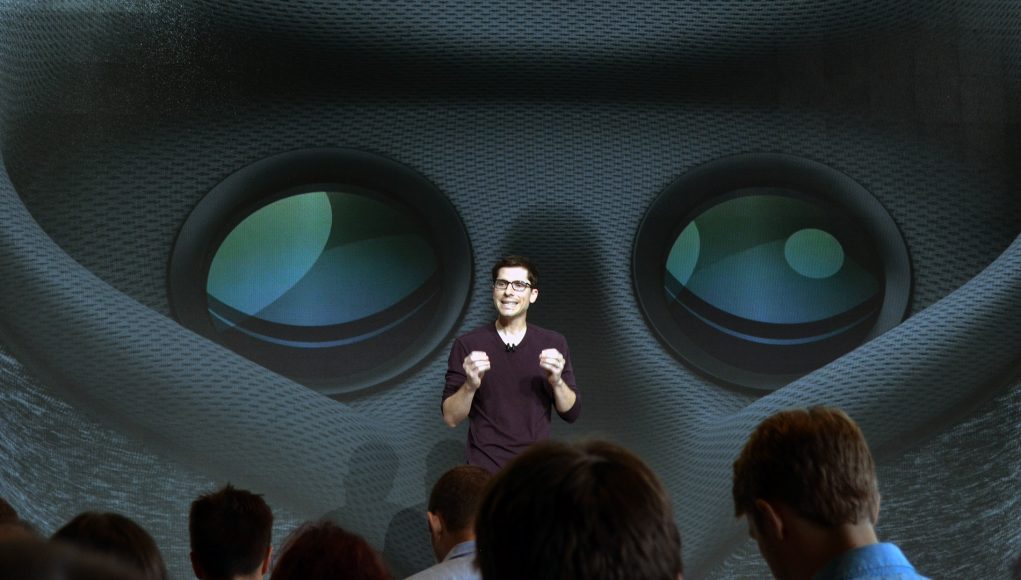Earlier this year, Clay Bavor, VP of VR/AR at Google, revealed a “secret project” to develop a VR-optimised OLED panel capable of 20 megapixels per eye. The project was mentioned during SID Display Week 2017 but has gone largely under the radar as little information has surfaced since.
Following a general overview of the limits of current VR technology, and an announcement that Google is working with Sharp on developing LCDs capable of VR performance normally associated with OLED, Bavor revealed an R&D project that hopes to take VR displays to the next level. A video of the session comes from ARMdevices.net’s Nicolas “Charbax” Charbonnier.
“We’ve partnered deeply with one of the leading OLED manufacturers in the world to create a VR-capable OLED display with 10x more pixels than any commercially available VR display today,” Bavor said. At 20 megapixels per eye, this is beyond Michael Abrash’s prediction of 4Kx4K per eye displays by the year 2021.
“I’ve seen these in the lab, and it’s spectacular. It’s not even what we’re going to need in the ‘final display’” he said, referring to the sort of pixel density needed to match the limits of human vision, “but it’s a very large step in the right direction.”
Bavor went on to explain the performance challenges of 20 MP per eye at 90-120 fps, which works out at unreasonably high data rates of 50-100 Gb/sec. He briefly described how foveated rendering combined with eye tracking and other optical advancements will allow for more efficient use of such super high resolution VR displays.







